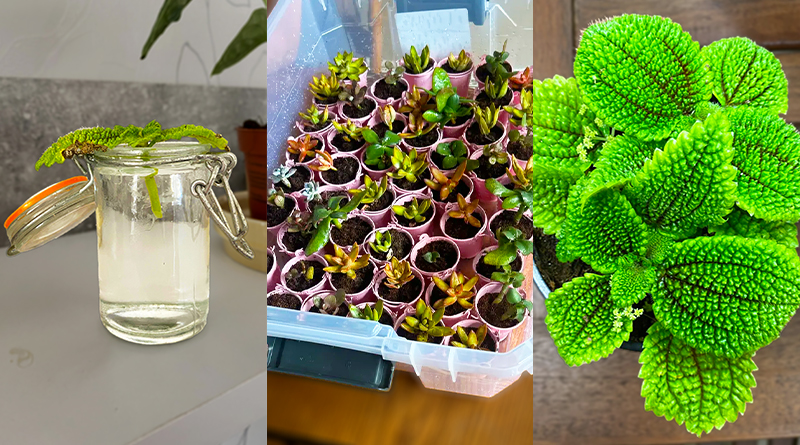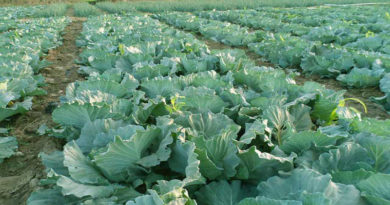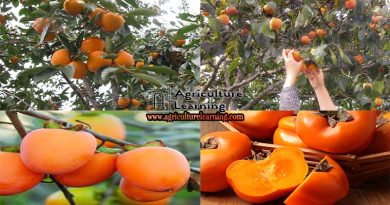Growing and Caring Way for Pilea Involucrata (Friendship Plant)
Pilea involucrata houseplants are beloved for their fuzzy, quilted foliage and ease of care. Pilea is a genus of tropical plants with more than 600 species. Several of the smaller species are popular, houseplants. Read on how to grow and care a friendship plant.
How to Grow Pilea Involucrata?
If you want to try growing friendship plants from pinched stem tips, harvest them in spring. It’s easy to propagate them from stem cuttings. Simply cut a young stem that has three or four leaves. Remove leaves nearest the cut end of the stem. Place stems in moistened potting mix and firm the soil around the stem so it stands upright. Place the whole pot in a plastic bag to hold humidity and the entire contraption in a medium-light situation. Check the soil occasionally and moisten it as necessary but avoid boggy soil, which could rot the stem fragment before it can send out roots. Remove the bag once per day so air can get in and circulate around the plant. The cuttings root easily and should form in just a matter of weeks. You will then have plenty of these plants to share, gift, or hold onto for your own enjoyment.
How to Care for Pilea Involucrata?
Friendship plant care is listed as low maintenance. Provided you give the plant at least six to eight hours a day of light, ample humidity, and evenly moist soil, this small houseplant will thrive. Temperatures must be between 65 – 75°F and avoid placing the plant near heaters or drafty windows. Keep the plant a little drier in winter and suspend fertilizing until spring. Use a liquid plant food diluted by half monthly from spring to summer. Pinch back unwanted growth as necessary. These are easy to grow, to care and have no disease problems.
61 total views, 1 views today





Pingback:Agriculturelearning-The biggest field of agricultural information in Bangladesh